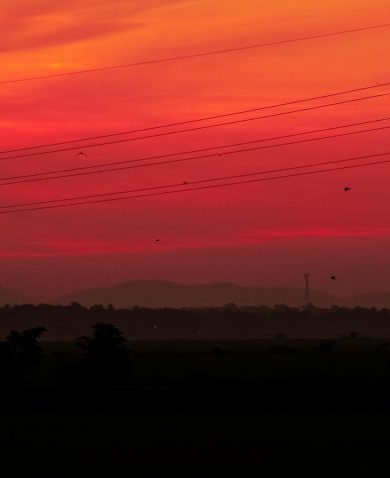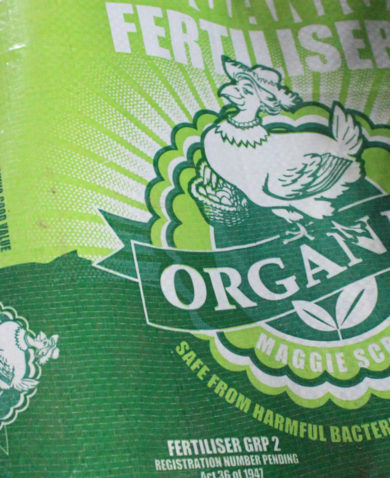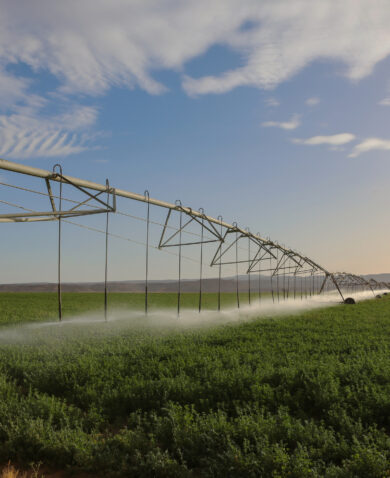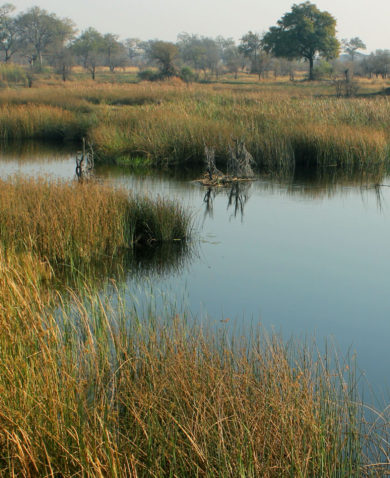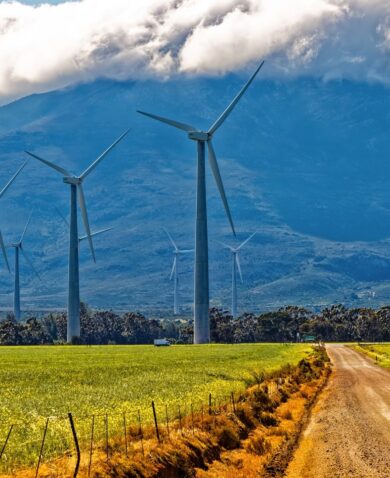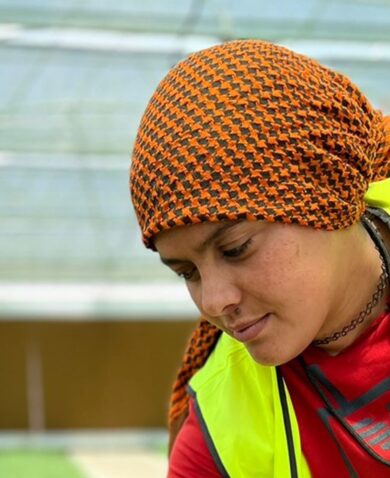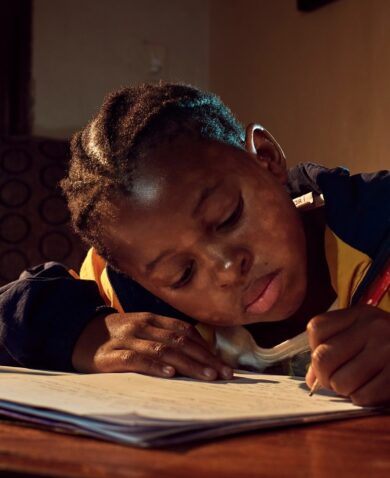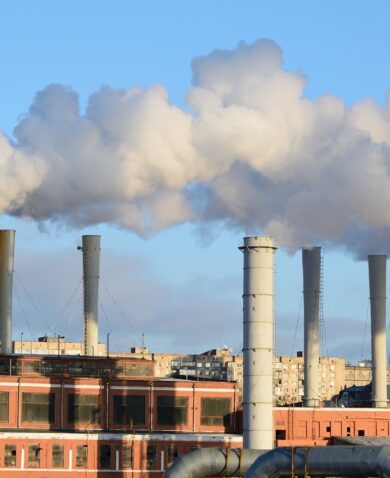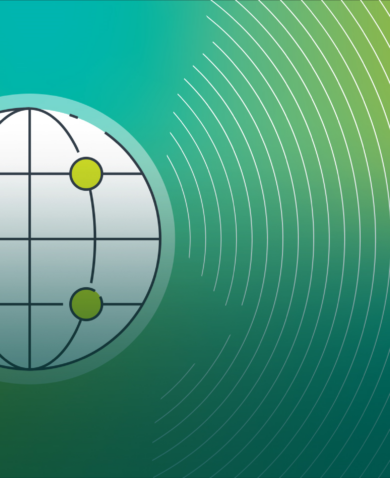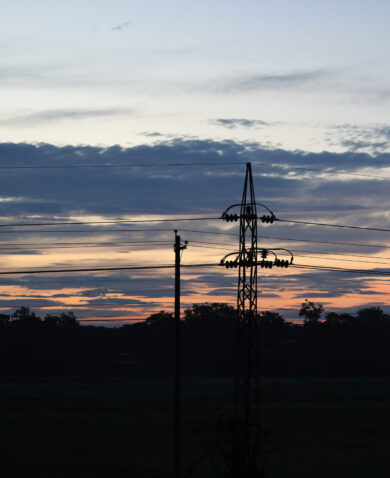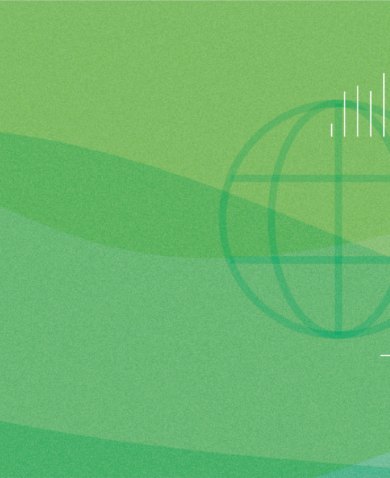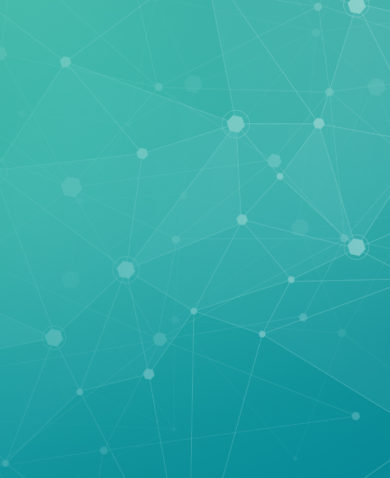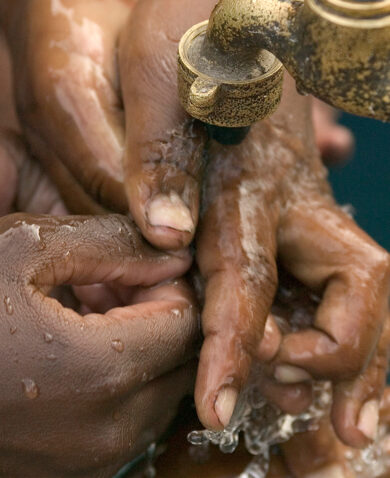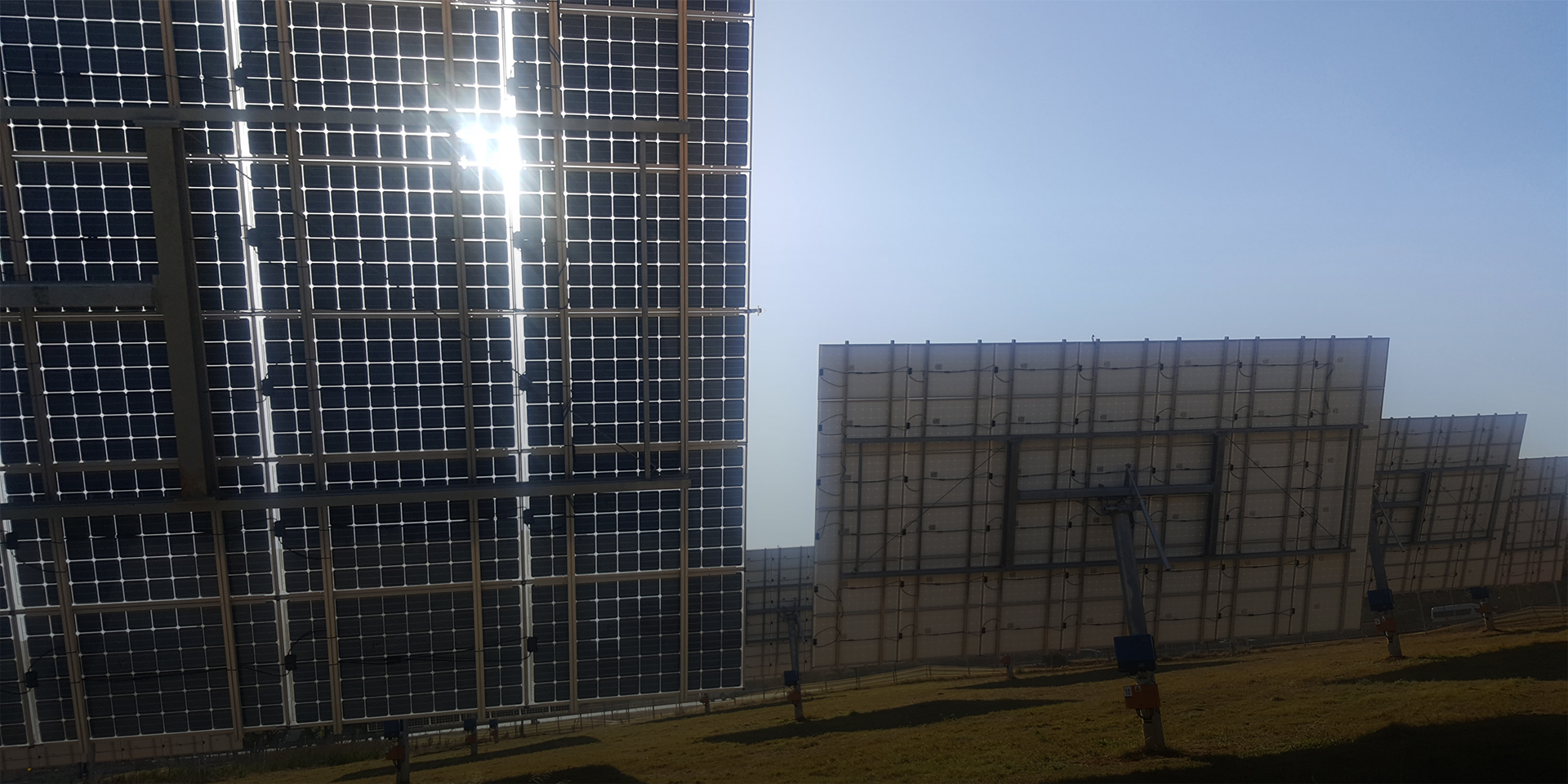
Rural Access to Electricity: A Challenge of Dollars and Sense
October 24, 2017 | 3 Minute ReadMore than 600 million people in Africa don’t have access to electricity. A distributed approach to addressing the barriers to rural electrification might offer a path forward.
In 1947 and again in 2005, the Gallup Poll asked Americans what they thought was the greatest invention ever made. In both cases, Americans overwhelmingly chose electricity.
Yet across the world more than 1 billion people, largely in rural areas, still lack access to electricity’s transformative potential. 600 million of those people reside in Africa. Electrifying Africa will not be easy: In the beginning of the U.S. rural electrification roll-out, during the Great Depression, a farm worker made approximately $6,500 per year, adjusted for inflation. In stark contrast, the average annual household income for a sub-Saharan African farmer in 2012 was $2,989. Recognizing this, international donors, including USAID, have made rural electrification a priority in part because access to electricity yields tremendous improvements in health, education, gender, and economic outcomes.
The national grid is not the best future for Africa
The predominant way large communities get electricity throughout the world is through the grid — a network of generation plants, transmission lines, and end connections managed by distribution companies. These grid connections allow households to power lights, refrigeration, washing machines, air conditioning, and industrial uses. At the current pace of grid connectivity, however, the U.N. estimates it will take more than 50 years to connect the 600 million people in Africa without electricity.
In Rwanda, for example, the estimated cost to link homes to the grid is $880 per urban connection and $2,000 per rural connection. In a country of 12 million with 20 percent electricity access, it could cost more than $20 billion to build out the grid. Rwanda’s total GDP is only $8.3 billion.
The energy access escalator
With large-scale grid expansion proving costly and slow, rural Africa is getting power elsewhere. What we observe is the energy access escalator: People substitute traditional energy sources with new sources, creating an upward trajectory toward greater access as each substitute provides more for less and households increase their ability and willingness to pay. This began with LED lights replacing traditional kerosene. However, the truly exciting steps are those that give households much more opportunity with their same energy dollars. For this, we look to the pay-as-you-go model popularized with cell phones. First proven through selling bite-sized chunks for voice, data, and charging, pay-as-you-go plans have also been the gateway to access for mobile money and the Internet. This has enabled other services, like selling energy or leasing small energy systems such as pico-solar systems, by the watt or by the hour, using a similar payment model.
One opportunity to use the pay-as-you-go model to increase energy access is solar power. With solar irradiation levels in Africa being some of the highest in the world, a solar panel in Africa can produce twice as much electricity as one in Central Europe. This combined with an 80 percent drop in solar panel prices since 2010 has enabled hundreds of thousands of Africans to have a small solar panel and a battery to power a few lights, a radio, and charge a cell phone. Costing between $65 and $1,270 dollars, depending on the consumer’s ability to pay, these pico-solar systems become solar home systems as they gain ability to power more devices. They work on the same pay-as-you-go model and are enabled by cellular connection to turn on or off until the system is paid off.
Yet the momentum of solar home systems is dependent on an ability to sustainably finance enterprises with high startup costs and the likelihood of a low, or slow, return on investment. This poses challenges for enticing private investors to support the development of these systems, and the lack of available capital has, in some cases, resulted in poor-quality and counterfeit systems.
Mini-grids and the way forward
The continued decline in the cost of renewable energy technologies and rise of innovative service delivery offers sustainable solutions for electricity access in rural communities. Scaling up access beyond the household level bring us to the mini-grid. Mini-grids and their village-level power have the potential to sustain market access and participation, and provide communities with essential service delivery that is beyond the abilities of affordable solar home systems. Mini-grids, like solar home systems, generate power at the place of demand, but the current credit risk, upfront investment, operations, and maintenance have largely cost more than the revenues they generate. Although they continue to be piloted with government and NGO subsidies, with proven technology and sustained government investment in proving out the economic case, it’s only a matter of time until these barriers are addressed.
Whether with mini-grids or smaller systems, the challenges and solutions for electrifying Africa through distributed generation and not the central grid hinge on usership, not ownership. The opportunities for large scale results for rural communities are where services can aggregate people’s ability to pay, since few can bear the full cost of ownership. Because of this, pay-as-you-go as a model will continue to bring basic energy access to many through energy as a service. As more and more households reallocate their energy spending accordingly, the viability of mini-grids will come into sharper focus. While it won’t be overnight, it also won’t demand the 50-year wait of a central grid.



